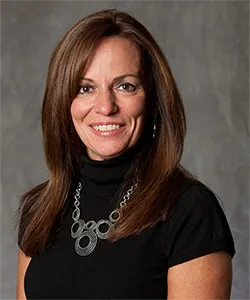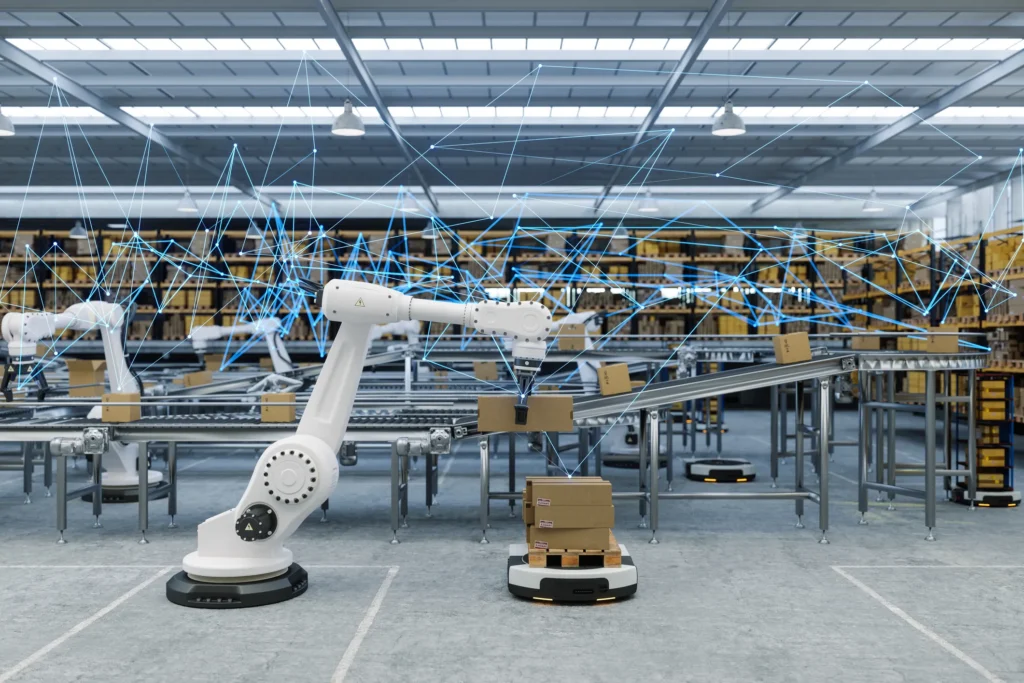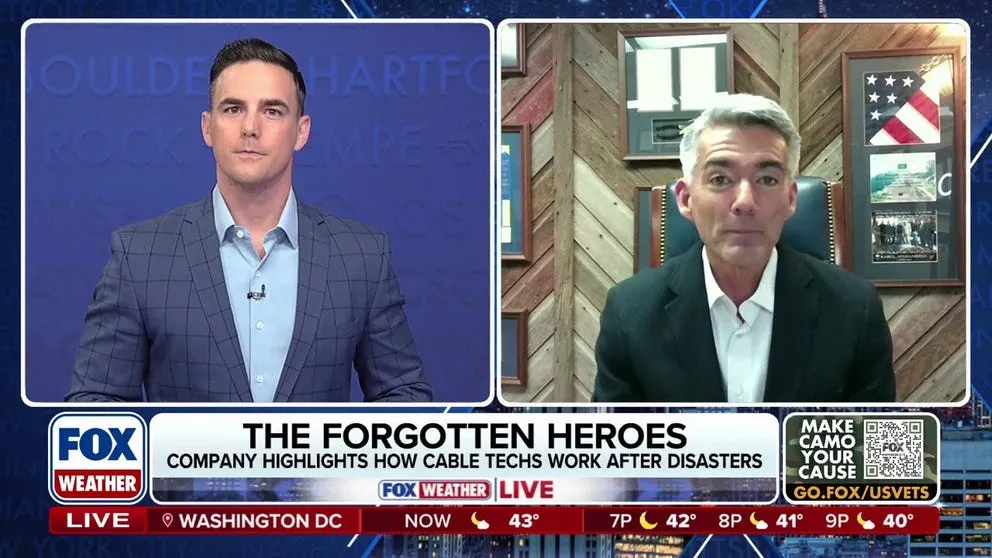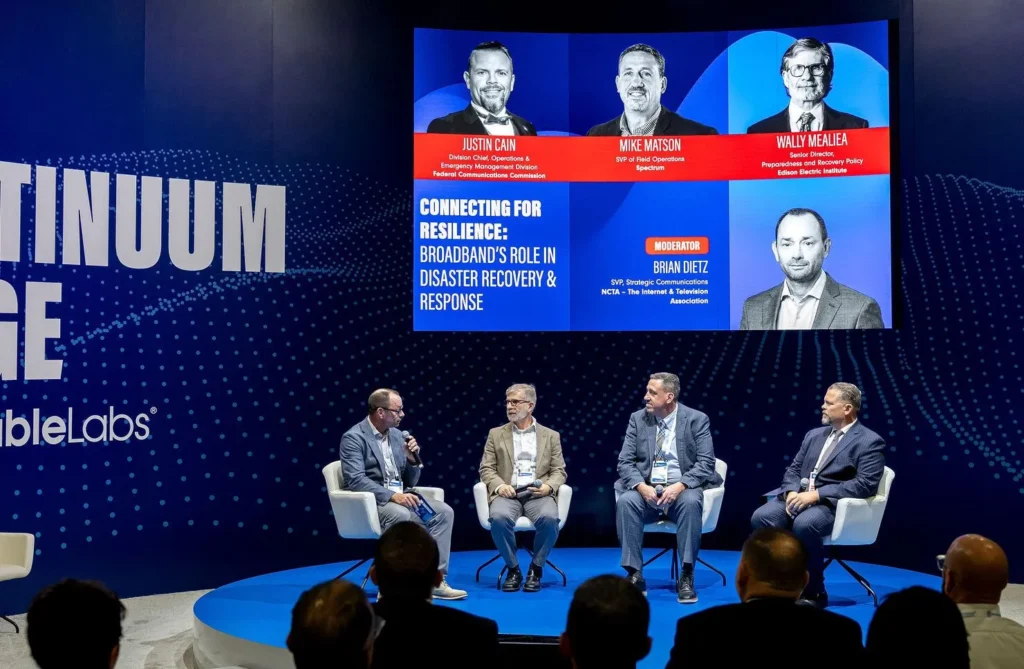According to the World Economic Forum, it will take another 200 years to achieve gender parity in the workplace. “That’s just too long, and unacceptable,” said Maria Brennan, CAE, President and CEO of Women in Cable Telecommunications (WICT).” In an interview during Women’s History Month, Brennan shared her insights on how the cable industry can be a global leader in gender equity and diversity, and what businesses need to prioritize and address in order to help women succeed in the  workplace.
workplace.
“Everything in the research says gender diversity is a competitive differentiator, and it will make you a more profitable entity,” said Brennan, who emphasized that aside from the altruistic reasons for achieving equality, WICT works towards informing companies how important diversity and inclusivity is for their business.
Brennan pointed to the strides that women have made in the industry based on the latest PAR Initiative survey from 2017–a survey that sets out to evaluate the status of women and people of color in cable every two years in regards to: Pay Equity; Advancement Opportunities; and Resources for Work/Life Integration. The survey revealed that female executives and senior-level managers make up 38 percent of the overall workforce, which is eight percentage points higher than the national benchmark, and an improvement since the last survey in 2015. Hiring rates for women also improved, exceeding the rate for men by eight percentage points. Women were also given promotions at the same rate as men.
“This industry is so dedicated to putting forward the resources to achieving diversity and inclusion,” said Brennan. “And if you look at where millennials should be choosing their career paths just based on the data of how women and people of color fare, they would choose our industry over many others, including the tech sector,” Brennan added. Though some are working on their numbers, others–like Facebook, Amazon, Apple, Netflix, and Google–are not faring as well.
While the overall news from the PAR survey is good, the secret to seeing a jump in gender parity in 2019 is retention, said Brennan. She also added that WICT would like to see the overall 34 percentage of women in the industry go up towards the halfway mark. “The industry needs to work on plugging up the leaky bucket. The water is filling the bucket, but the leakage is causing us to drop a little bit in terms of overall mass of women in the workforce,” she said, emphasizing that companies need to shore up their retention efforts in order to give women the same opportunities as men to succeed and thrive in the workplace.
But as companies implement more family-friendly policies, pay equity practices, strong professional development programs, and equitable advancement and promotion opportunities, she suspects there will be more traction by the time WICT fields the survey again in two years. In between the survey years, WICT runs programs across the industry to help keep PAR and the best practices for gender diversity and inclusion top of mind. Learning webinars, papers on best practices and success cases from PAR all serve as teaching opportunities for the industry.
“This is a great career path for anyone. We are an industry that not only employs hundreds of thousands of people and adds billions of dollars to the economy, we are also an industry that can affect and sway public opinion and perception,” said Brennan. “We have that added responsibility to ensure that the voices that carry forward this industry ARE diverse and that the practices these employers have are inclusive.”









